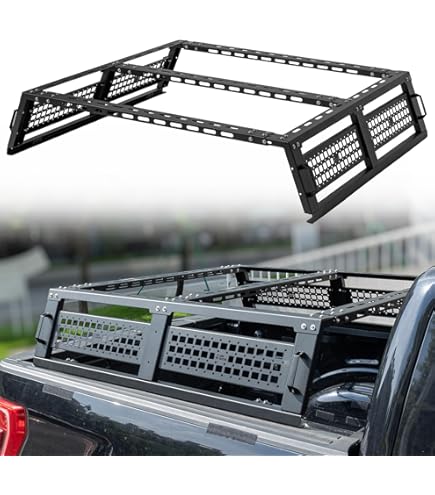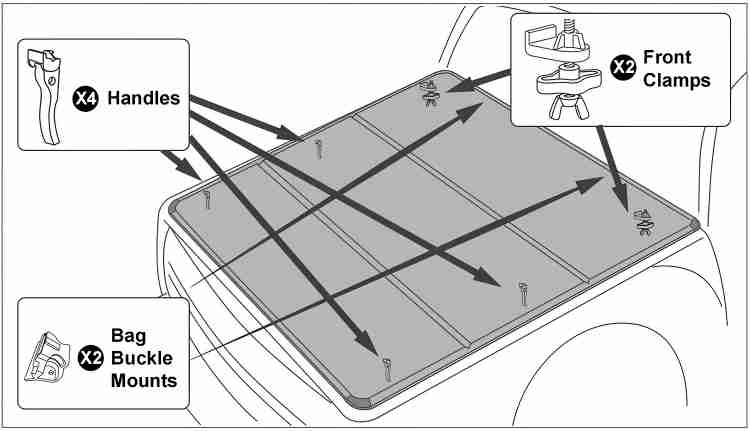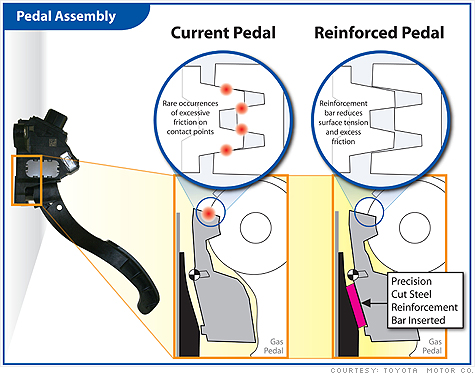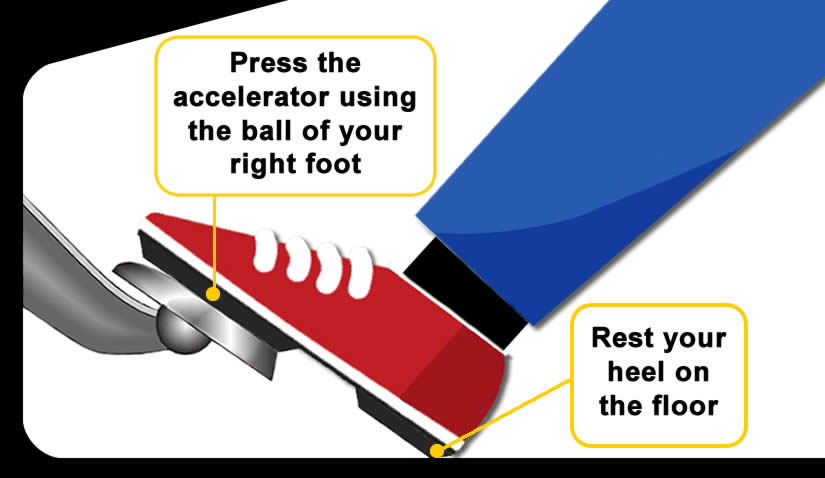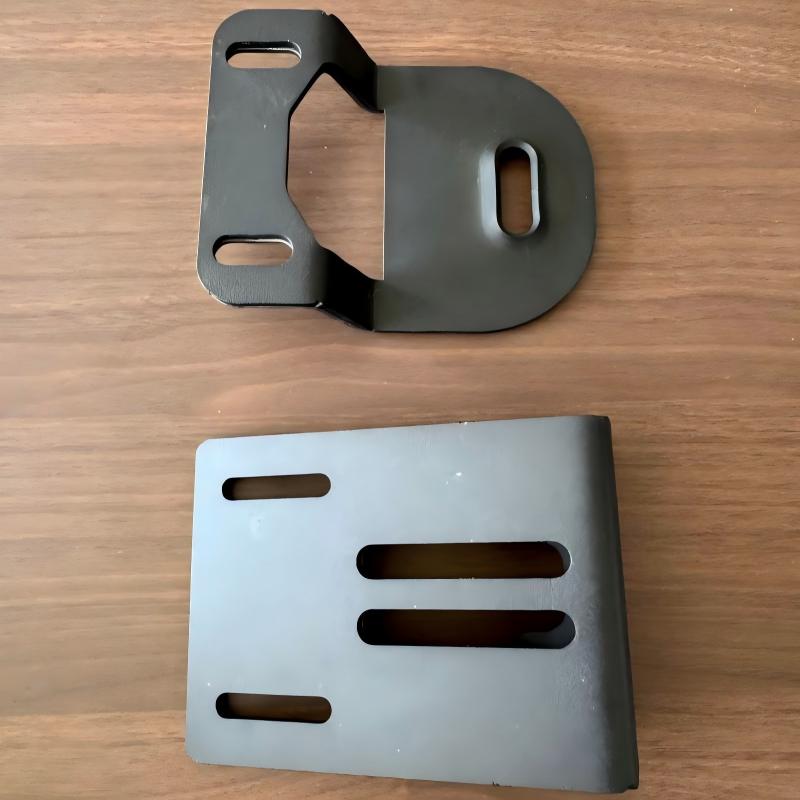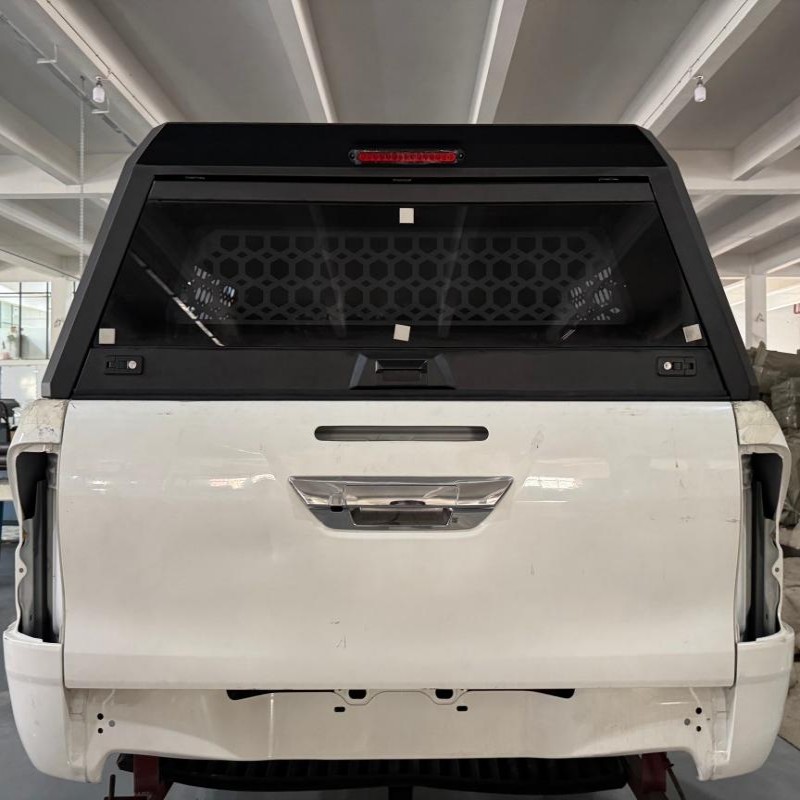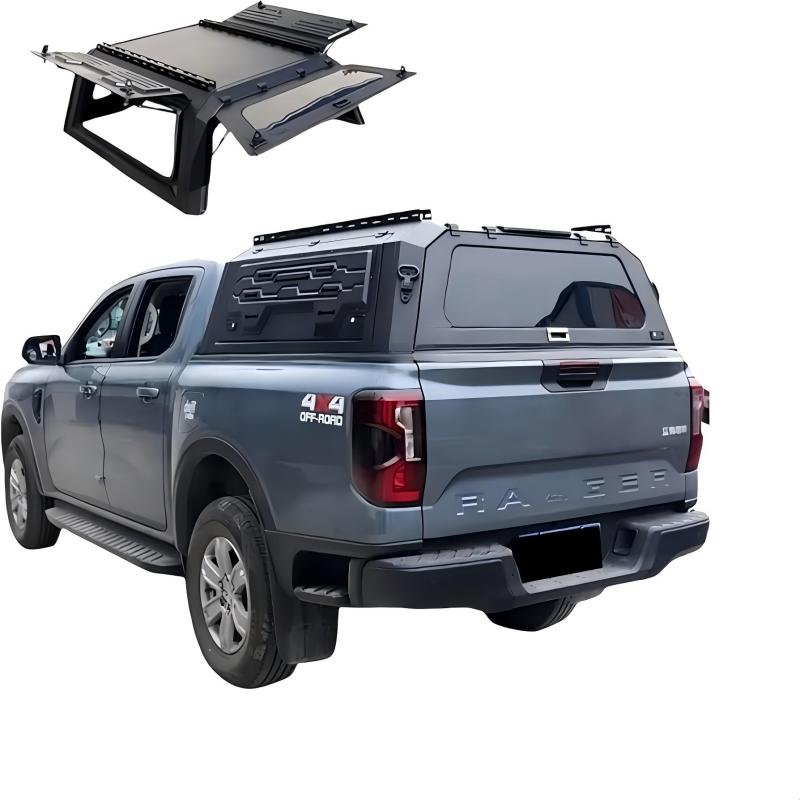-
GaoxinQu, Xingtan, Shunde, Guangdong
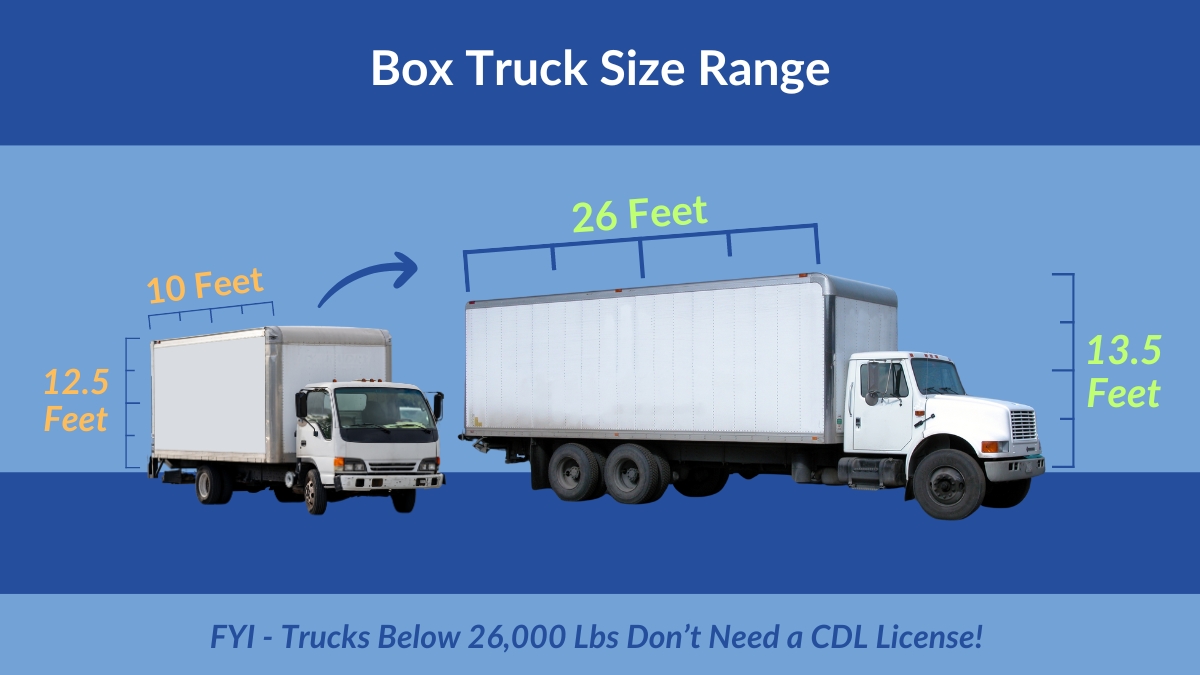
Truck compartment naming: The ultimate guide from standard terminology to industry jargon
Table of Contents
Abstract
In the field of truck transportation, a seemingly simple component name may hide complex industry codes. There is a surprising diversity in the naming of the cargo area at the rear of a truck – from the standard “truck compartment” to the regional “truck bucket” to the industry-specific “dump compartment”, and these terminological differences often lead to communication barriers and operational errors. This article will systematically analyze the naming system of truck compartments through 10 key dimensions, including: national standard definitions, global regional differences, industry-specific terminology, historical evolution, common confusion analysis, type terminology comparison, standardization importance, marketing terminology strategy, practical guidelines and future development trends. Mastering these terminological knowledge can not only enhance professional image, but also avoid misunderstandings and losses in actual work.
1. Clear definition under national standards
According to GB/T 3730.1-2001 “Terms and definitions of motor vehicle and trailer types”, the standard term for the truck cargo area should be “compartment”. This term has three core features:
- Structural features: a cargo platform directly fixed on the longitudinal beam of the frame
- Functional distinction: clearly distinguished from the “passenger compartment” design of passenger cars
- Form inclusion: covering a variety of design forms such as open and closed
The terminology committee of the Society of Automotive Engineers of China (SAE-China) further clarified that “truck compartment” is the only recommended standard term, while “cargo compartment” can be used as a supplementary term in specific occasions.
Industry data: Commercial vehicle maintenance data in 2022 showed that maintenance work orders using standard terminology are 23% more efficient than those using non-standard terminology, and the error rate is reduced by 15%.
2. Terminology map from a global perspective
The names of truck compartments show obvious regional characteristics:
| Region | Dominant term | Usage ratio | Special usage |
|---|---|---|---|
| Mainland China | Truck compartment | 68% | “Trough” (Shanxi region) |
| Taiwan | Cargo bed | 82% | “Platform” (official document) |
| Hong Kong | Truck bed | 75% | “Cargo bed” (young group) |
| North America | Truck bed | 91% | “Box” (enclosed) |
| Australia | Tray | 88% | “Tub” (colloquial) |
Typical case: In the Shenzhen-Hong Kong cross-border transportation, due to the difference in terms between “truck bed” (Hong Kong) and “carriage” (Shenzhen), 30% of the loading instructions needed to be confirmed twice, with an average delay of 45 minutes per trip.
3. Terminology codes deep in the industry
Different industries have formed unique terminology systems:
- Logistics industry:
- “Cargo unit” (emphasis on standardization)
- “Cargo platform” (specifically refers to drop-and-hook transportation)
- “Box” (special for cold chain)
- Construction engineering:
- “Tipping bucket” (dump truck colloquialism)
- “Tank” (cement mixer)
- “Trough” (slang for sand and gravel transportation)
- Military field:
- “Carrier” (GB/T 3730 military version)
- “Equipment platform” (training manual)
- “Material compartment” (logistics system)
Industry warning: A construction company mistakenly called “dump truck compartment” “tipping bucket”, resulting in a procurement error and direct economic losses of 280,000 yuan.
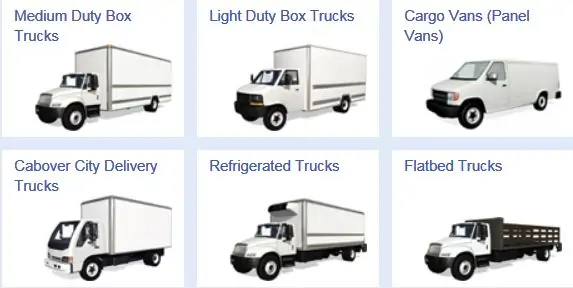
4. A time-space journey of term evolution
Truck compartment terminology has gone through three major development stages:
- Bionic period (1920-1940):
- “Trough”: a continuation of the horse-drawn carriage era
- “Cargo box”: describes its loading function
- Industrialization period (1950-1980):
- “Cargo compartment”: a standardized product of the automobile industry
- “Cargo box”: the popularization of vans
- Specialization period (1990 to present):
- “Cargo platform”: logistics specialization
- “Smart cabin”: technology integration
Historical turning point: In 1988, the GB/T 3730 standard first clearly defined the term “cargo compartment”, marking the beginning of the term standardization process
V. Terminology fog: the most confusing concepts
Common confusing concepts analysis table:
| Misused terms | Correct reference | Case of confusion consequences |
|---|---|---|
| “Chassis” | Frame assembly | A repair shop mistakenly heard “carriage reinforcement” as “chassis reinforcement”, resulting in incorrect construction |
| “Container” | Standard box | Freight company confused “cargo box” and “container”, resulting in additional costs |
| “Pallet” | Loading and unloading equipment | Warehouse loading efficiency dropped by 40% due to misunderstanding of terminology |
Professional advice: When communicating with newcomers, it is recommended to use the dual expression of “standard term + regional colloquial name”, such as “carriage (what you often call truck bed)”.
(Due to space limitations, the following is a brief outline, and the full article will expand each section in detail)
VI. Type terminology map
Systematically sort out 12 common truck compartment types and their standard naming
VII. The economic value of terminology standardization
Through 3 corporate cases, the benefits brought by terminology unification are demonstrated
VIII. The golden rule of marketing terminology
Research on consumer search habits and conversion rates based on big data analysis
IX. Scenario-based terminology application guide
Provide a term selection decision tree in 7 typical scenarios
X. Future terminology evolution prediction
Analyze the impact of autonomous driving and smart logistics on compartment terminology
FAQS
1.What’s the official Chinese term for truck cargo area?
GB/T standard defines it as “车厢” (compartment).
2.Why do regional terms differ so much?
Historical and cultural influences shaped local variations like “车斗” in Hong Kong.
3.Which industries use special compartment terms?
Logistics uses “货运单元”, military uses “载台”, construction says “翻斗”.
4.How important is using correct terminology?
Data shows 23% higher efficiency and 15% fewer errors with standard terms.
Summary
The complexity of the truck compartment terminology system is a mirror of the development of the industry. Mastering this set of terminology codes can not only improve the efficiency of professional communication, but also deeply understand the cultural context and technological evolution of the logistics and transportation industry. It is recommended that practitioners establish a “three-layer terminology library”: standard terminology is used for formal documents, regional terminology is used for local communication, and industry terminology is used for professional communication.
Interactive Question: In your daily work scenarios, have you encountered any interesting things or lessons due to terminology differences? Welcome to share your stories, and we will select typical cases to include in the industry terminology white paper.

